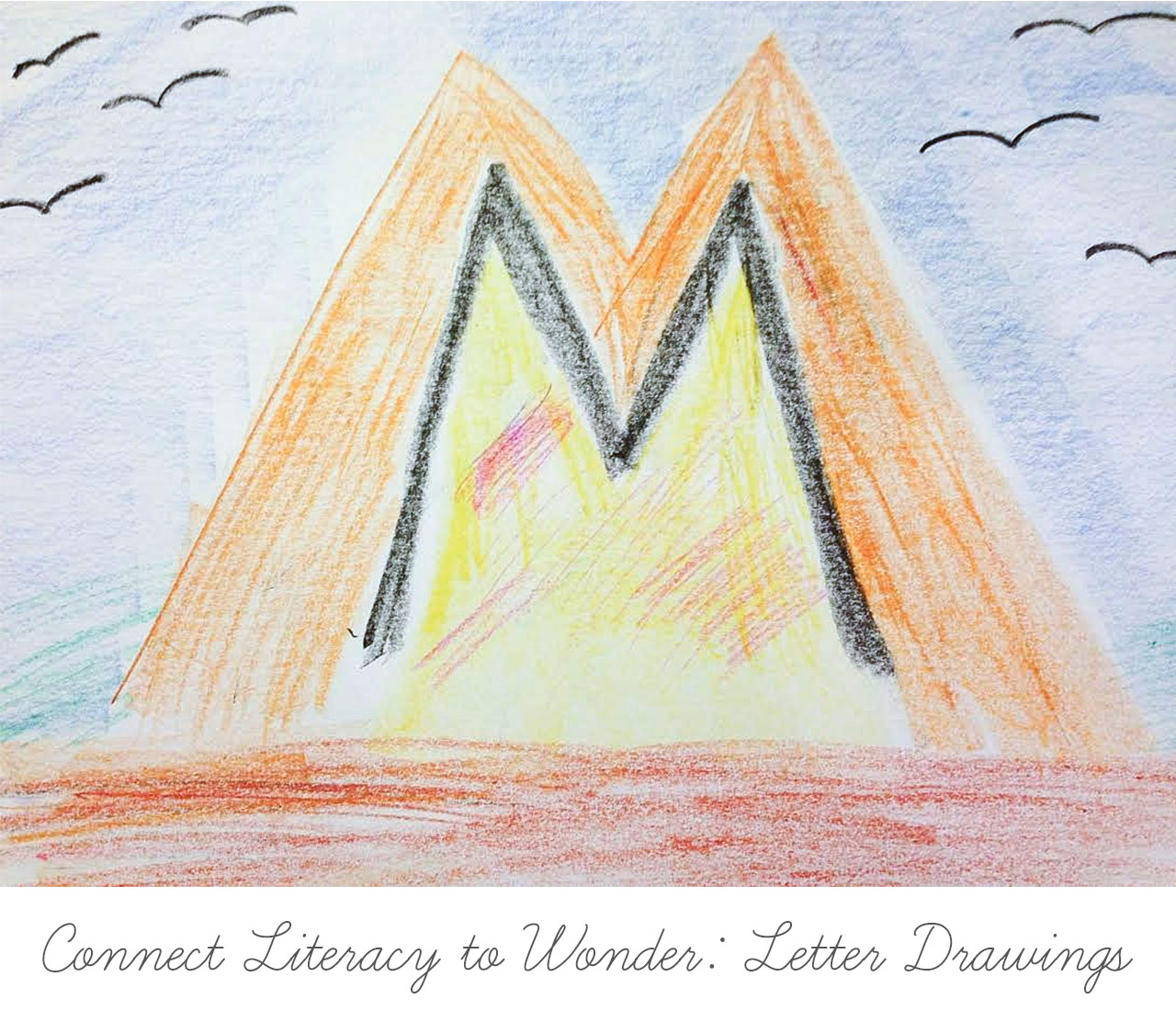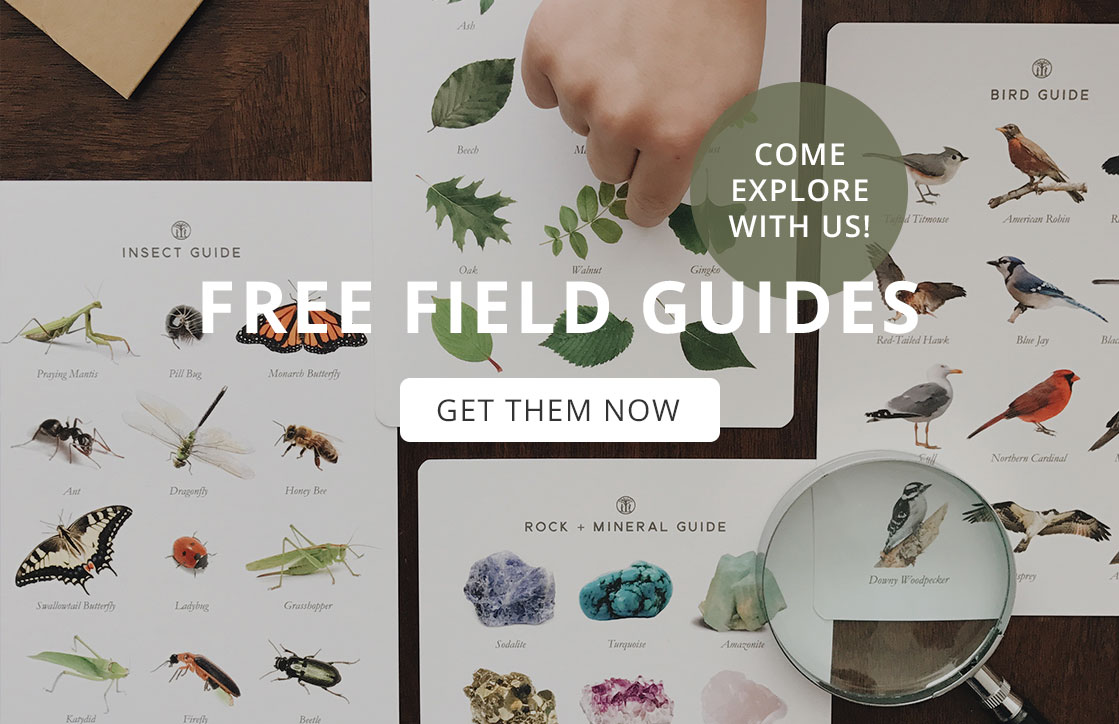Connect Literacy to Wonder: Letter Drawings
 Can letter-sound correspondence be learned from imaginative play?
Can letter-sound correspondence be learned from imaginative play?
Yes! Here’s how.
Most young children learn the alphabet and corresponding letter sounds through repetition and memorization. These children also have incredibly creative minds, which are primed for playful and magical thinking. One Waldorf literacy activity taps into the imaginative while teaching letters and sounds – the foundation of literacy learning.
In any elementary classroom, you will see the alphabet with a picture for each letter: “A is for Apple,” “Z is for Zipper.” A staple activity in the elementary Waldorf classroom takes this concept further. First, a story generated from a single letter of the alphabet is told to the children, and then children write that single letter and draw a picture emerging from it.
This activity helps pre-readers and beginning readers form mental images that correspond to each letter, much in the way that handwriting programs aim to have children internalize the formation of each letter.
In creating letter drawings, children look at the shapes of the letters themselves, and associate those with pictures that they can draw. For example, if a child is learning the letter M and its corresponding sound, he or she can draw a picture of a mountain, with the letter M as an integral part of the drawing. When your child creates an original drawing like this, he or she forms a very personal connection to the letter and to the sound it makes.
To begin this activity, start with a simple story. For example, if your child is working on the letter S, you might tell a little story about a silly snake named Sally. Then, you would draw Sally, with a very pronounced S-shape, with your child. The story itself can be simple and short, but try to incorporate words that repeat the letter sound (alliteration). You can start by thinking of a picture that looks like the letter you are working on – a letter S can very easily look like a slithering snake, a letter U can transform into an umbrella, or a C can turn into a sleeping cat.
After you tell a story to your child, or come up with one together, ask your child to draw the letter in the air with a finger. You can have some fun and ask him or her to draw the letter in the air with an elbow, or a foot, or other body parts. This allows children to use their whole bodies to connect to the letter they are working on.
Once you’ve written the letter in the air in a few ways, you and your child can begin on creating a picture to correspond with that letter. Waldorf teachers start with a drawing and then show where the letter hides – a W in an ocean wave or a Q in a quilt – but you can approach this in any way you feel most comfortable.
Perhaps you write the letter and then draw a picture around it. You might also ask your child to write the letter, and then together you can discuss what sort of picture might emerge from that letter. It could connect to the story you told your child, or maybe your child will have another idea to run with. Whatever is drawn, it is important that the letter and surrounding picture match with the letter’s corresponding sound – the goal is for your child to associate the letter with the sound, using the story and picture as guides.
When your child connects the letter symbol and its corresponding sound to a story and an image, that letter becomes real and animated, and will stick in your child’s mind. This activity helps to connect phonics to storytelling, to art, and even to movement, making for a holistic reading experience.

